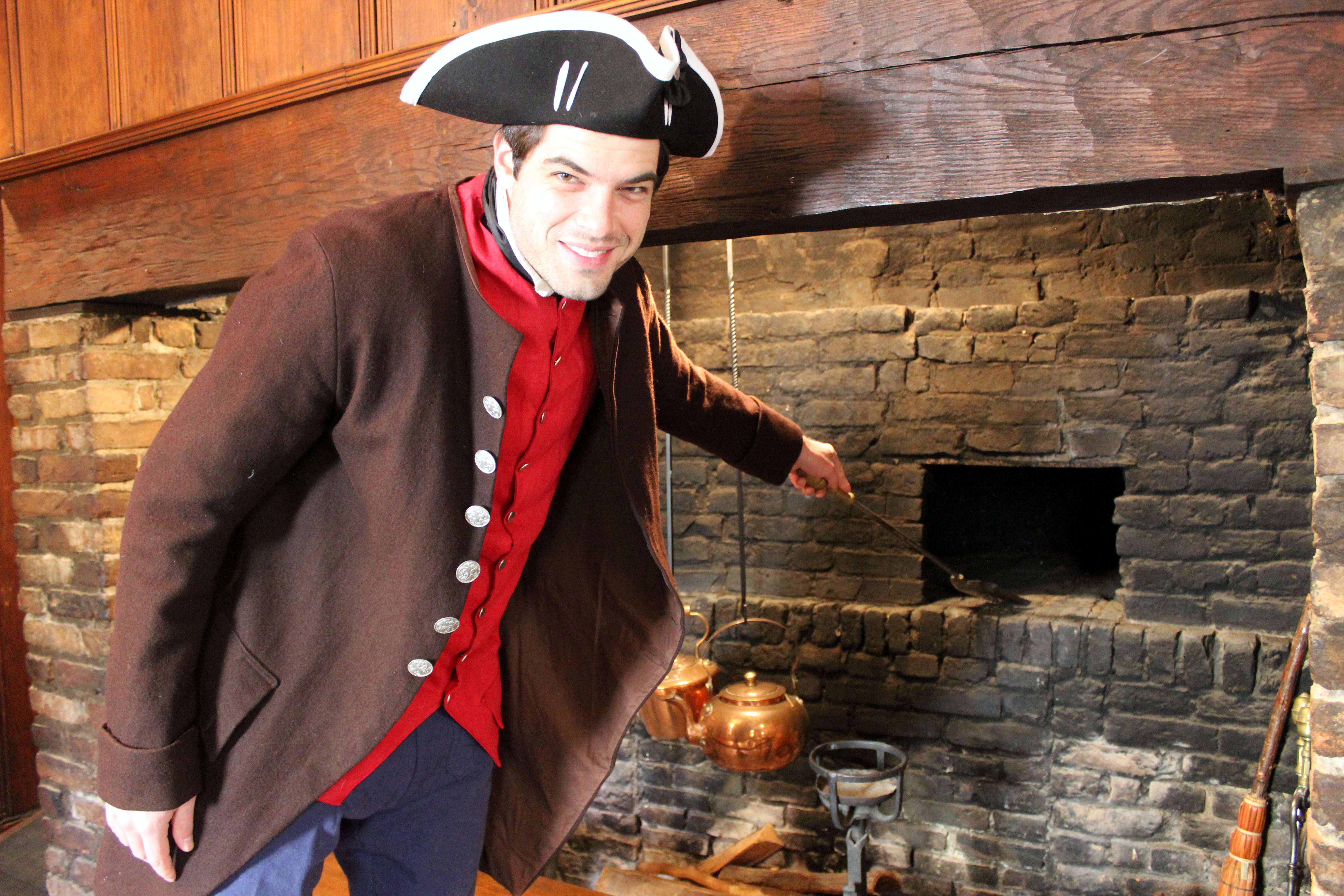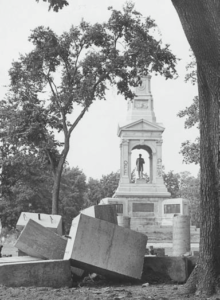Growing Up on Observatory Hill
By Rolf Goetze, 2013
As a youngster, I remember tricycling among the trees and bushes at the Harvard Botanical Gardens, off Linnaean Street, before they turned into Harvard apartments. Back then, in the early 1940s, I also recall sledding down Observatory Hill, cluttered by neither trees nor buildings – a site now covered by tennis courts, the Harvard Dance Center, and the more recent Smithsonian Astrophysical Center structures.
In the observatory, the women seeking the planet Pluto on star photos regularly gave me back issues of Sky and Telescope, so I could mosaic the slanted dormer over my bed with superb moon photos –– the magazine’s back covers for a number of years.
I also recall spending many hours with a friend in a grand historic house at the corner of Garden and Madison streets, where an artist worked and Irish maids brought us snacks as we played. Gardner Cox was that artist. Years later, I learned from his 1988 New York Times obituary that Mr. Cox painted several members of the Supreme Court, including Earl Warren, Felix Frankfurter, Potter Stewart, and Byron R. White. Among his other subjects were the poet Robert Frost and government figures including Robert F. Kennedy, Dean Acheson, and Dean Rusk, as well as businessmen and educators.
At that age, I neither knew who the artist was painting nor the reason the quiet adjacent streets on which I learned to bicycle were called Gray Gardens East and West, nor even that my home address, 97 Garden Street, in the middle of the block abounding with orchard trees, had any historical significance.
More than a century earlier Asa Gray, the eminent Harvard botanist, lived in Gardner Cox’s fine house. Before it was moved across the street from 79 Garden Street, this grand house was surrounded by extensive gardens, stretching from Linnaean and Raymond streets up to the Huron Avenue ridge joining Avon Hill to Observatory Hill, with Garden Street passing through on its way to connect Harvard Square to Fresh Pond. Gray was one of the leading American scientists, a confidant of Darwin, and involved in one of the greatest scholarly battles in 19th-century science with another Cambridge resident, Louis Agassiz. In the next issue of the Cambridge Historian, I will explore the legacy of Asa Gray and the tumultuous relationship between Gray and Agassiz.






